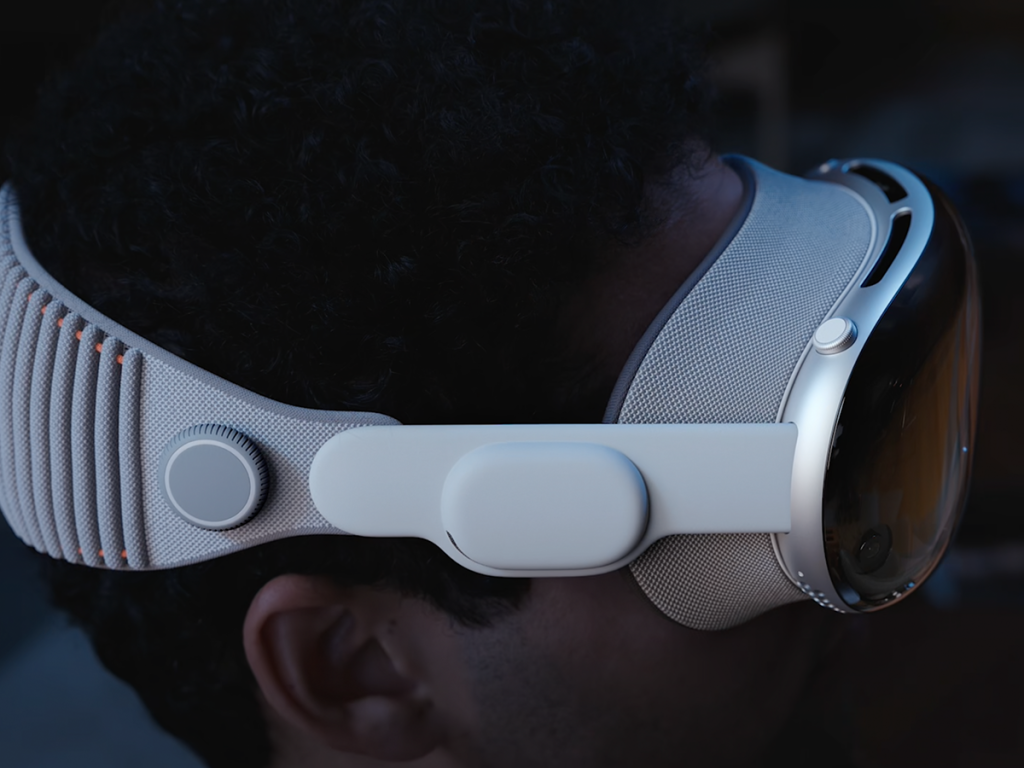Spatial Computing
Spatial computing represents a significant leap forward in how we interact with technology, blending the lines between the digital and physical worlds. At its core, spatial computing involves the use of advanced technologies such as augmented reality (AR), virtual reality (VR), and mixed reality (MR) to create immersive experiences that enhance our interaction with digital content. Apple’s implementation of spatial computing is represented by the Apple Vision Pro, a new spatial computing device that offers unparalleled immersion and interactivity.

What Is Spatial Computing?
Spatial computing is a comprehensive term that encompasses a range of technologies designed to manipulate digital information and seamlessly integrate it with the physical environment. This integration allows users to interact with digital content in three-dimensional space, rather than being confined to two-dimensional screens. By combining AR, VR, and MR, spatial computing enables the creation of immersive environments where digital objects can be interacted with as if they were real.
How Spatial Computing Works
Spatial computing leverages a variety of advanced technologies to achieve its immersive effects. Key components include:
- Sensors and Cameras: These capture detailed information about the user’s surroundings, including depth, motion, and orientation. This data is essential for accurately overlaying digital content onto the real world.
- Advanced Optics: High-resolution displays and sophisticated optics are used to project digital images in a way that makes them appear as natural extensions of the physical world.
- Powerful Processing: The real-time processing of complex data is crucial for spatial computing. Apple’s devices, such as the Vision Pro, are equipped with powerful processors capable of handling the intensive computational tasks required.
- Intuitive Software: User-friendly software interfaces allow for seamless interaction with spatial computing applications. Apple’s ARKit, for instance, provides developers with the tools needed to create rich, interactive experiences.
Applications of Spatial Computing
Spatial computing has the potential to revolutionise various fields by enhancing how we interact with digital content. Some key applications include:
- Gaming: Provides highly immersive gaming experiences where players can interact with virtual worlds in ways previously unimaginable.
- Education: Enhances learning by allowing students to interact with 3D models and simulations, making complex concepts easier to understand.
- Healthcare: Assists in medical training and treatment planning by providing detailed 3D visualisations of anatomy and surgical procedures.
- Productivity: Transforms the workplace by enabling new forms of collaboration and visualisation, improving efficiency and creativity.
